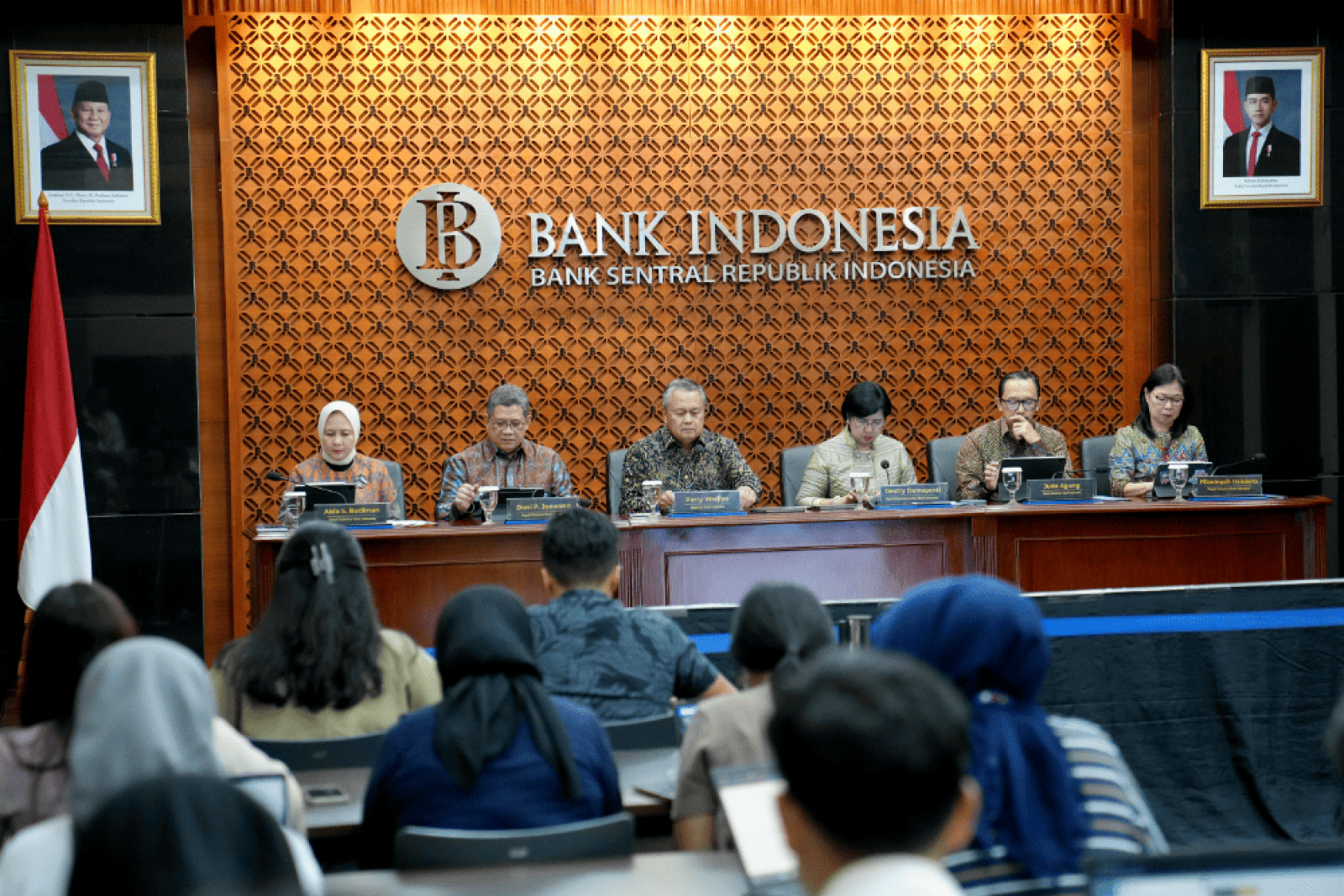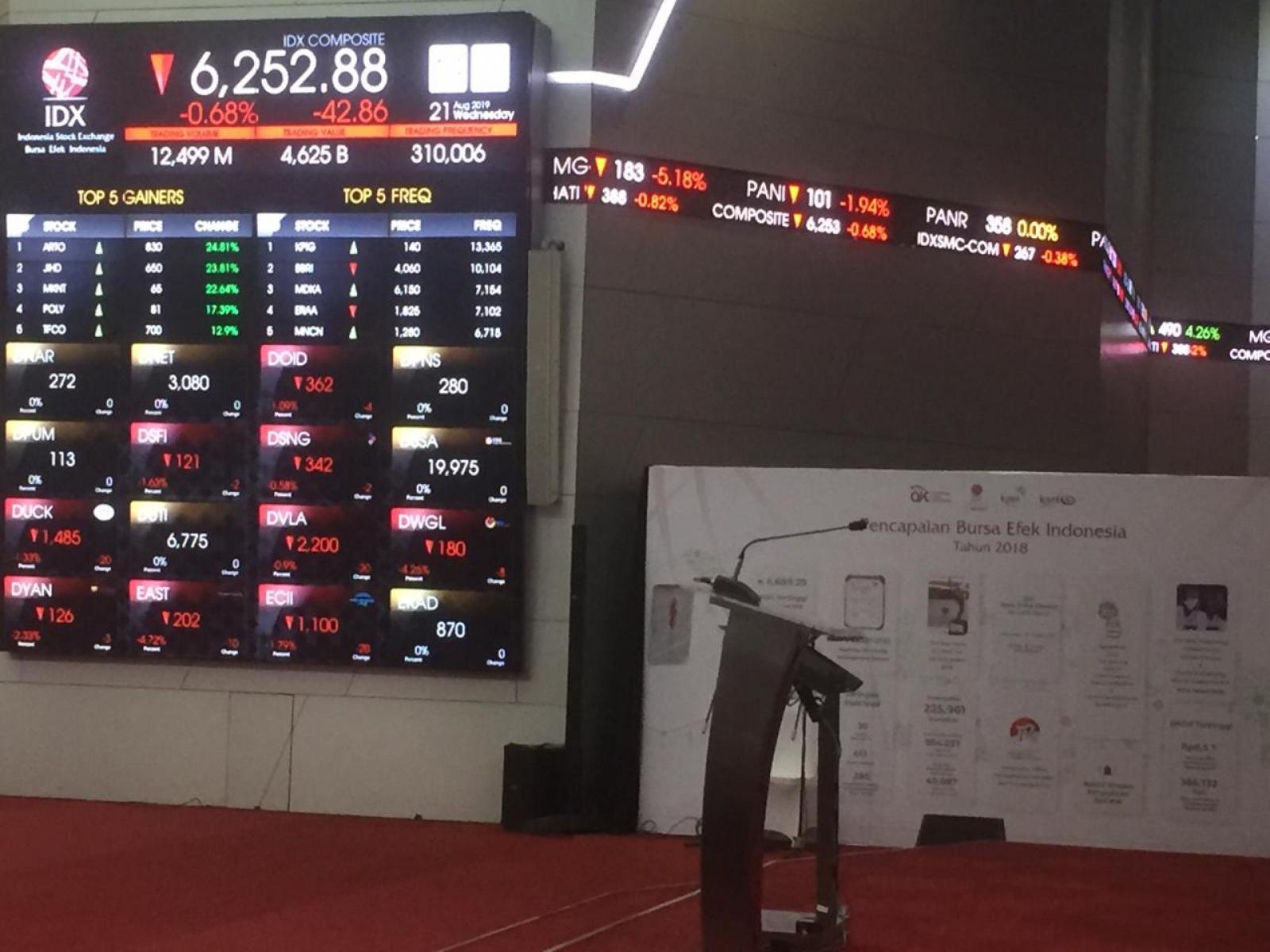
The Eurozone economic growth improved unexpectedly in the third quarter, easing fears of an imminent recession as Germany, France and Spain registered better-than-expected growth.
Gross domestic product increased 0.4 percent on a quarterly basis, the preliminary flash estimate from Eurostat showed Wednesday. GDP was expected to log 0.2 percent growth, the same rate as seen in the second quarter.
Year-on-year, economic growth improved to 0.9 percent from 0.6 percent in the second quarter. The pace also exceeded economists forecast of 0.8 percent.
The EU27 GDP posted a steady growth of 0.3 percent sequentially. On year, GDP advanced 0.9 percent after rising 0.8 percent.
Even though one offs played a role in boosting GDP growth, todays data should calm the European Central Bank about growth developments, said ING economist Bert Colijn.
For the quarters ahead, it is fair to expect a slowdown in growth again as the outlook remains weak, the economist added.
Economists at Capital Economics said structural headwinds and fiscal tightening will offset most of the boost to the euro area economy from monetary easing and recovering real incomes. They forecast the Eurozone GDP to grow by just 0.7 percent in 2025.
However, earlier this month, the International Monetary Fund had projected Eurozone economic growth to double to 0.8 percent this year from 0.4 percent in 2023. GDP is expected to improve further to 1.2 percent in 2025.
Among big-four economies, the German economy dodged a technical recession in the third quarter, thanks to household and government consumption. Gross domestic product grew unexpectedly by 0.2 percent quarterly after falling by revised 0.3 percent.
France and Spain also showed better-than-expected growth, while Italy stagnated in the third quarter.
As the Paris Olympic and Paralympic Games boosted consumption, the French GDP growth increased to 0.4 percent from 0.2 percent in the second quarter. This was better than economists forecast of 0.3 percent.
Underpinned by domestic demand, Spains GDP grew 0.8 percent on a sequential basis, the same rate as seen in the second quarter. Growth was forecast to ease to 0.6 percent.
Italys GDP remained flat in the third quarter, following a 0.2 percent rise in the second quarter. The economy was expected to log another 0.2 percent expansion.





